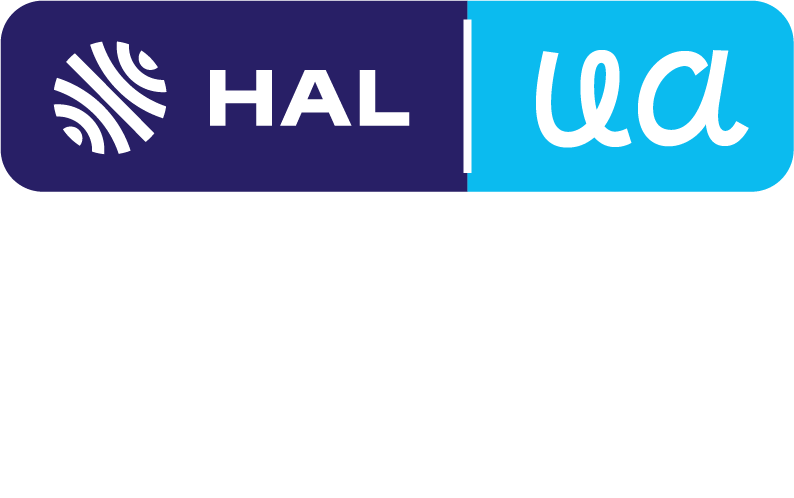Optimization of Accelerated Destructive Degradation Testing of Cementitious Materials for Their Performances Qualification Under Aggressive Environments –The Case of Carbonation, Mathematical Problems in Engineering
Résumé
In order to guarantee the performance or to qualify the risk of nonperformance of cementitious materials over time, a significant number of experimental data obtained from tests mimicking various degradation mechanisms are required. The slowness of the materials’ degradation under environmental service conditions is an issue, and thus, acceleration strategies are required to obtain reliable and comprehensive results in a shorter time. The objective of this research work is to provide a generic framework for the design of optimal accelerated destructive degradation tests (ADDTs) for cementitious materials qualification. The definition of the optimal design of experiments depends on the capacity to capture the influence of data variability and uncertainty from any sources; they are extracted either from physical models or from experimental tests. In this research, the evolution of carbonation depth is characterized with the Wiener process formalism and the random effects related to the material heterogeneity are taken into account. Once the process parameters are estimated through the maximum likelihood estimation (MLE), associated with the expectation-maximization (EM) algorithm, we provide a step-by-step and detailed method to investigate the optimal design of ADDTs. The latter is defined as the one for which we can estimate durability indicators such as mean-time-to-failure with the best accuracy based on three criteria (D-V-A optimality) considering constraints of time, total number of samples, or limited costs. The optimal total sample size for the accelerated carbonation test and the optimal sample size allocation proportions for each stress level are determined, and the effects of the stress level on the objective functions and of test time duration constraint are also discussed. A comparison of the relative efficiency of optimal three-level versus optimal two-level ADDT completes this work.
| Origine | Fichiers éditeurs autorisés sur une archive ouverte |
|---|


